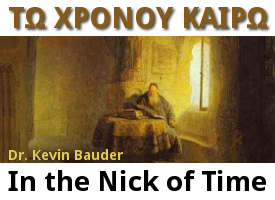Recommended Reformation Resources
Here is a list of resources that I recommend to those studying the Reformation. All of these works are defensible at the highest levels of scholarship, though most (especially the biographies) are also fairly accessible. I’m only addressing secondary sources here. If anyone wants to talk about primary sources, let me know. Or if there’s a topic I didn’t mention, let me know, I probably have bibliography for it.
 Read
Read
Discussion